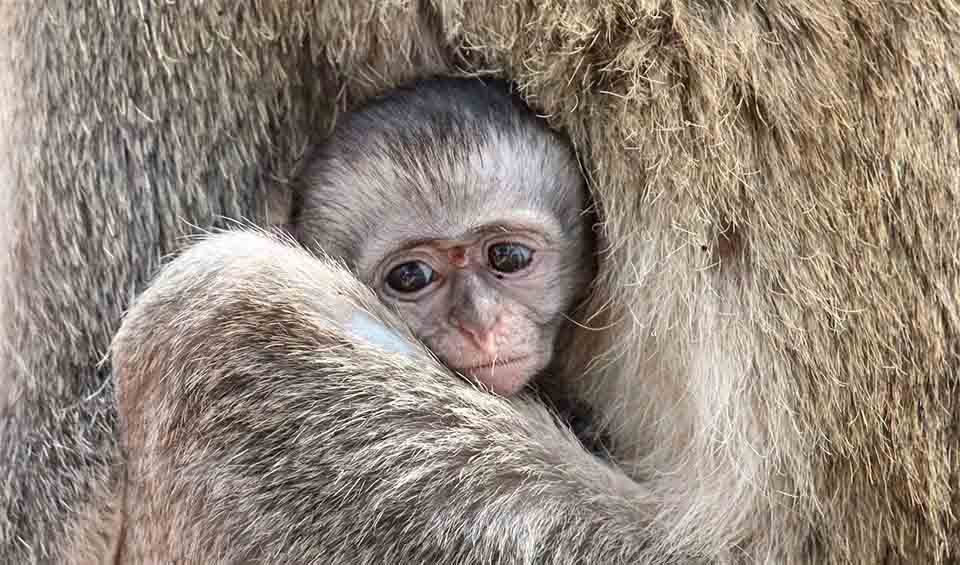Renowned for their distinctive gray fur and striking black faces, these monkeys have long captured the fascination of animal enthusiasts and researchers alike. Their highly social nature is a defining characteristic, as they form tight-knit troops ranging from small family units to larger groups consisting of dozens of individuals. Within these troops, complex social structures and hierarchies emerge, reflecting the intricate dynamics of vervet monkey society.
Communication plays a central role in vervet monkey social interactions, with these primates displaying a diverse array of vocalizations and gestures to convey messages within their troop. From alarm calls signaling potential threats to playful vocal exchanges during social bonding, vervet monkeys showcase remarkable communication skills that facilitate their cooperative behavior and social cohesion.
Adaptability is another key feature of vervet monkeys, allowing them to thrive in a variety of habitats across the African continent. From the open savannas of the Serengeti to the lush forests of the Congo Basin, vervet monkeys demonstrate a remarkable ability to adjust to diverse environmental conditions. This adaptability is reflected in their omnivorous diet, which includes a wide range of foods such as fruits, leaves, seeds, insects, and even small vertebrates. Their flexible feeding habits enable them to exploit available resources and thrive in various ecosystems.
Beyond their ecological role as consumers, vervet monkeys also serve as important ecological indicators. Due to their sensitivity to environmental changes, shifts in vervet monkey behavior and population dynamics can provide valuable insights into the health of their habitats. Researchers use vervet monkeys as a barometer for ecosystem health, monitoring their populations and behavior to assess the impacts of human activities, habitat loss, and climate change on African ecosystems.
Distribution
 Botswana
Botswana Burundi
Burundi DR Congo (Kinshasa)
DR Congo (Kinshasa) Eswatini
Eswatini Ethiopia
Ethiopia Kenya
Kenya Malawi
Malawi Mozambique
Mozambique Rwanda
Rwanda Somalia
Somalia South Africa
South Africa South Sudan
South Sudan Tanzania
Tanzania Uganda
Uganda Zambia
Zambia Zimbabwe
ZimbabweAnything we've missed?
Help us improve this page by suggesting edits. Glory never dies!
Suggest an editGet to know me
Terrestrial / Aquatic
Altricial / Precocial
Polygamous / Monogamous
Dimorphic (size) / Monomorphic
Active: Diurnal / Nocturnal
Social behavior: Solitary / Pack / Herd / Troop
Diet: Carnivore / Herbivore / Omnivore / Piscivorous / Insectivore
Migratory: Yes / No
Domesticated: Yes / No
Dangerous: Yes / No






